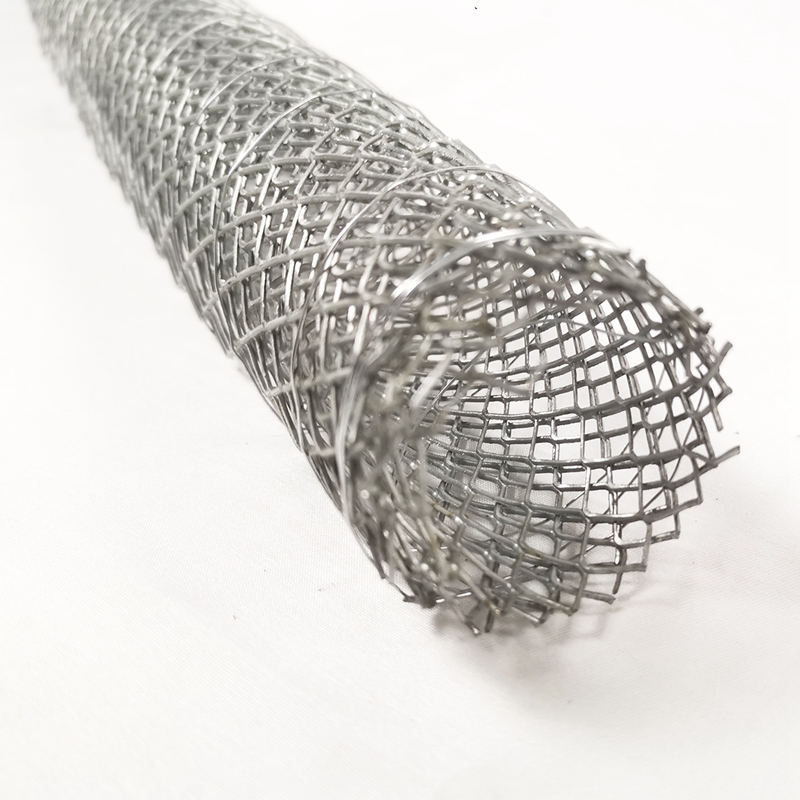heavy duty industrial racking systems
Dic . 22, 2024 22:55
Heavy Duty Industrial Racking Systems A Comprehensive Overview
In the world of warehousing and industrial storage solutions, heavy-duty industrial racking systems play a pivotal role in maximizing efficiency, space utilization, and overall productivity. These robust structures are specifically engineered to support and organize a significant volume of heavy pallets and goods, making them indispensable to industries such as manufacturing, logistics, and retail.
Understanding Heavy-Duty Racking Systems
Heavy-duty racking systems are designed to accommodate large loads, often exceeding several tons. These systems are constructed from high-quality steel and include various types such as pallet racking, cantilever racking, and drive-in racking. Each type serves specific storage and retrieval needs, and understanding these options is crucial for businesses aiming to optimize their storage capabilities.
Pallet Racking
Pallet racking is one of the most common forms of heavy-duty racking. It typically consists of vertical frames and horizontal beams that form compartments for pallets. This type of racking allows for easy access to every pallet, enabling efficient order picking. Pallet racking systems are highly customizable, allowing businesses to adjust the height and level of the shelves according to their storage requirements.
Cantilever Racking
Cantilever racking is specifically suited for storing longer items such as pipes, lumber, and steel sheets. The design of cantilever racks features vertical columns with arms extending from them, providing a stable support system for items that cannot sit on traditional shelving. This type of racking maximizes space while ensuring that heavy items are easily accessible, reducing the risk of injury during retrieval and handling.
Drive-In Racking
Drive-in racking systems optimize storage space by allowing forklifts to 'drive' directly into the racks. This system is typically used for high-density storage applications, where large quantities of similar products need to be stored. By utilizing a first-in-last-out (FILO) inventory system, drive-in racking can significantly increase the number of pallets stored within a limited area.
heavy duty industrial racking systems

Key Benefits of Heavy-Duty Racking Systems
The implementation of heavy-duty industrial racking systems offers numerous benefits
1. Space Efficiency By utilizing vertical space, these systems can significantly increase storage capacity. Businesses can store more goods in a smaller footprint, which is particularly beneficial in urban areas where space is at a premium.
2. Improved Accessibility With organized racking systems, employees can easily locate and retrieve items, thereby reducing the time spent searching for products. Improved accessibility contributes to quicker turnaround times and enhanced overall productivity.
3. Safety and Stability Heavy-duty racking systems are built to withstand substantial weight. Proper installation and regular maintenance ensure stability, minimizing the risk of accidents or injuries associated with collapsed shelving.
4. Versatility The wide variety of racking systems available allows businesses to choose the solutions that best fit their specific needs and storage requirements. Moreover, systems can be easily modified or expanded as business demands change.
5. Cost-Effectiveness Although the initial investment for heavy-duty racking systems can be substantial, the long-term savings derived from enhanced efficiency, reduced labor costs, and improved inventory management can outweigh these costs.
Conclusion
In conclusion, heavy-duty industrial racking systems are an essential element in modern warehousing and logistics. Their capacity to maximize storage efficiency, improve safety, and enhance operational productivity makes them invaluable for businesses aiming to thrive in a competitive market. As industries continue to evolve and grow, investing in robust and flexible racking solutions will be crucial in meeting the challenges of inventory management and space optimization. By understanding the various types of heavy-duty racking available and their benefits, businesses can make informed decisions that lead to a more organized and efficient storage environment.




















